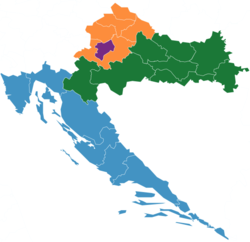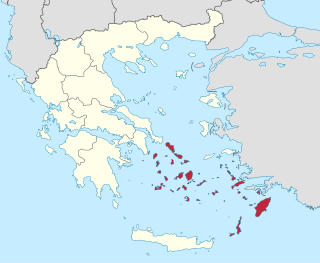
The South Aegean is one of the thirteen administrative regions of Greece. It consists of the Cyclades and Dodecanese island groups in the central and southeastern Aegean Sea.

The North Aegean Region is one of the thirteen administrative regions of Greece, and the smallest of the thirteen by population. It comprises the islands of the north-eastern Aegean Sea, called the North Aegean islands, except for Thasos and Samothrace, which belong to the Greek region of Eastern Macedonia and Thrace, and Imbros and Tenedos, which belong to Turkey.
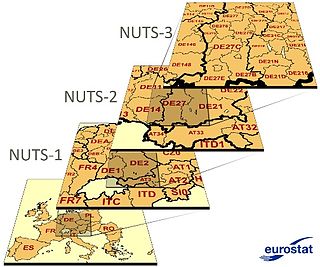
Nomenclature of Territorial Units for Statistics or NUTS is a geocode standard for referencing the administrative divisions of countries for statistical purposes. The standard, adopted in 2003, is developed and regulated by the European Union, and thus only covers the EU member states in detail. The Nomenclature of Territorial Units for Statistics is instrumental in the European Union's Structural Funds and Cohesion Fund delivery mechanisms and for locating the area where goods and services subject to European public procurement legislation are to be delivered.
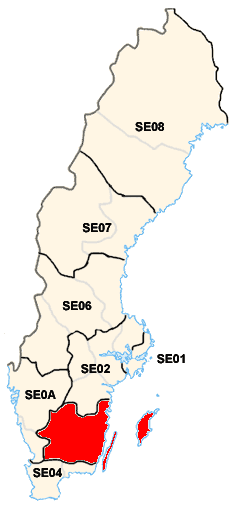
Småland and the islands is a national area of Sweden. The national areas are a part of the NUTS statistical regions of Sweden. The name derives from the fact that the area covers most of the historical province of Småland with the island provinces of Öland and Gotland, located in the Baltic Sea.

The economy of the European Union is the joint economy of the member states of the European Union (EU). It is the second largest economy in the world in nominal terms, after the United States and the third one in purchasing power parity (PPP) terms, after China and the United States. The European Union's GDP estimated to be around $19.35 trillion (nominal) in 2024 and $26.64 trillion(PPP) representing around one sixth of the global economy. Germany has the biggest national GDP of all EU countries, followed by France and Italy.

The development regions of Romania refer to the eight regional divisions created in Romania in 1998 in order to better co-ordinate regional development as Romania progressed towards accession to the European Union (EU). The development regions correspond to NUTS 2-level divisions in EU member states. Despite becoming increasingly significant in regional development projects, Romania's development regions do not actually have an administrative status and do not have a legislative or executive council or government. Rather, they serve a function for allocating EU PHARE funds for regional development, as well as for collection of regional statistics. They also co-ordinate a range of regional development projects and became members of the Committee of the Regions when Romania joined the EU on January 1, 2007.

West Sweden is a national area of Sweden. The national areas are a part of the NUTS statistical regions of Sweden.

The Warsaw metropolitan area is the metropolitan area of Warsaw, the capital of Poland. The metropolitan area covers ten counties in the Masovian Voivodeship, with an area of 6,100 km² and a population of around 3.5 million in 2022. The area constitutes a separate NUTS 2 unit, as well as a separate police region with a dedicated Capital Metropolitan Police Headquarters, both of them carved out from the Masovian Voivodeship as an exception, as Polish NUTS 2 areas and police regions are in general identical to the territories of voivodeships.

Central Greece is one of the thirteen administrative regions of Greece. The region occupies the eastern part of the traditional region of Central Greece, including the island of Euboea. To the south it borders the regions of Attica and the Peloponnese, to the west the region of West Greece and to the north the regions of Thessaly and Epirus. Its capital city is Lamia.

Severozapaden, is a region of Bulgaria. The capital is the city of Pleven. The region has the lowest-ranked economy in Bulgaria and the European Union, with a GDP per capita (PPS) of €9,300 or 31% of EU28 average (2017). It includes five administrative divisions or oblasts: Vidin Province, Vratsa Province, Montana Province, Lovech Province and Pleven Province.
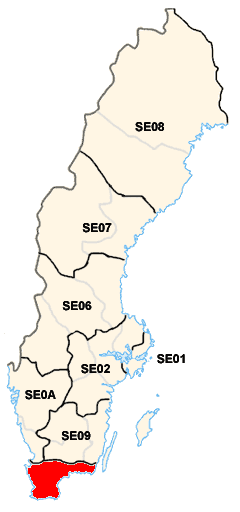
South Sweden is a national area of Sweden. The national areas are a part of the NUTS statistical regions of Sweden.
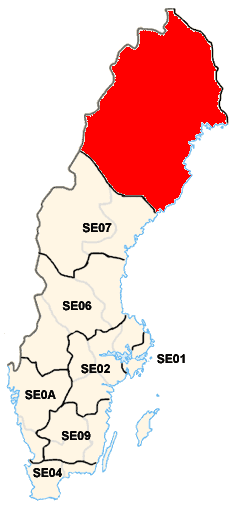
Upper Norrland is a national area of Sweden. The national areas are a part of the NUTS statistical regions of Sweden.

Middle Norrland is a national area of Sweden. The national areas are a part of the NUTS statistical regions of Sweden.

North Middle Sweden is a national area of Sweden. The national areas are a part of the NUTS statistical regions of Sweden.
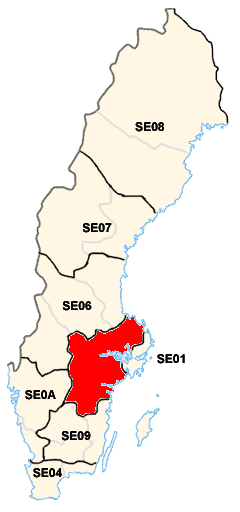
East Middle Sweden is a national area of Sweden. The national areas are a part of the NUTS statistical regions of Sweden.

Continental Croatia was one of the two NUTS-2 Regions of Croatia between 2013 and 2021. The region formed the continental part of the country. The most populated cities in the region were Zagreb, Osijek, Slavonski Brod, Karlovac, Sisak and Varaždin. It accounted for 56% of the country's territory and 67% of the population.
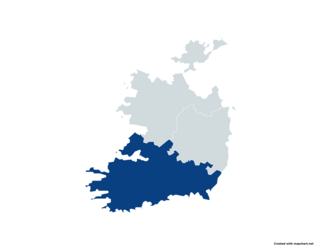
The Southern Region has been a region in Ireland since 1 January 2015. It is a NUTS Level II statistical region of Ireland.
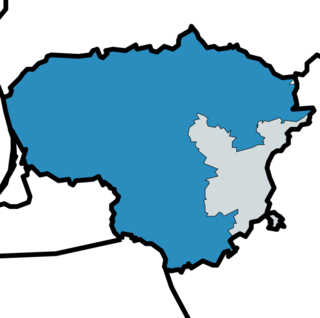
Central and Western Lithuania Region is statistical area of the Nomenclature of Territorial Units for Statistics, level NUTS 2. It includes all counties of Lithuania except Vilnius County. Region covers land area of 55,569 km2 and has population of approximately 2.0 million people.

The Northern and Western Region has been a region in Ireland since 1 January 2015. It is a NUTS Level II statistical region of Ireland.

The Eastern and Midland Region has been defined as a region in Ireland since 1 January 2015. It is a NUTS Level II statistical region of Ireland.
